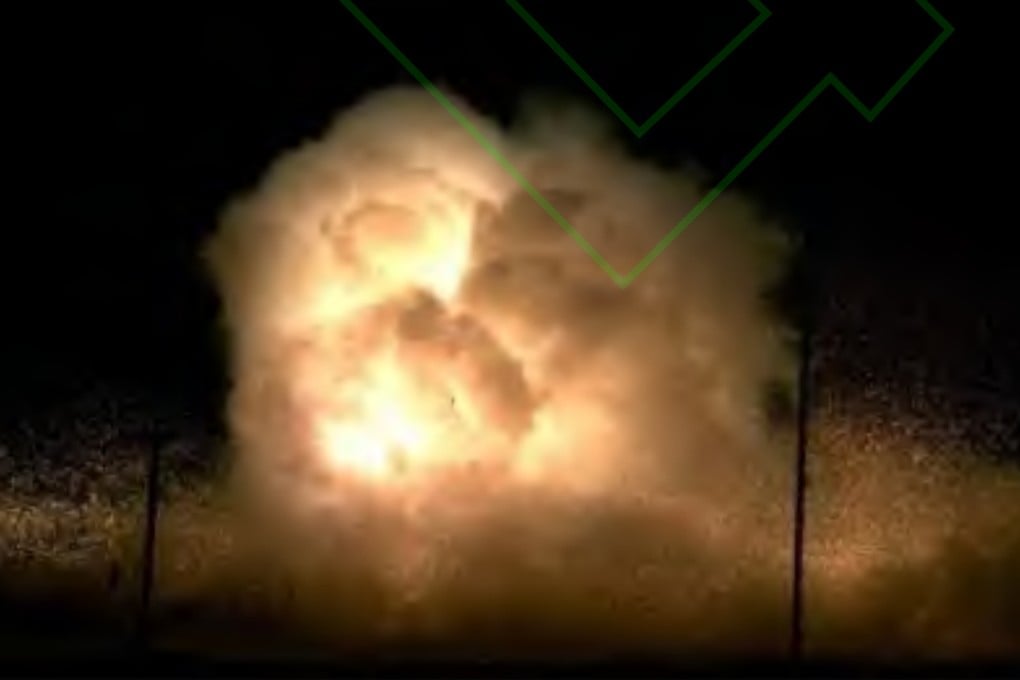China tests non-nuclear hydrogen bomb, science paper shows
The weapon generates a white-hot fireball that lasts 15 times longer than TNT’s fleeting flash

The 2kg (4.4lbs) bomb generated a fireball exceeding 1,000 degrees Celsius (1,832 degrees Fahrenheit) for more than two seconds – 15 times longer than equivalent TNT blasts – without using any nuclear materials, it said.
Developed by the China State Shipbuilding Corporation’s (CSSC) 705 Research Institute, a key player in underwater weapon systems, the device uses a magnesium-based solid-state hydrogen storage material.
When activated by conventional explosives, the magnesium hydride underwent rapid thermal decomposition, releasing hydrogen gas that ignited into a sustained inferno, the researchers said in a peer-reviewed paper published in the Chinese-language Journal of Projectiles, Rockets, Missiles and Guidance.
“Hydrogen gas explosions ignite with minimal ignition energy, have a broad explosion range, and unleash flames that race outward rapidly while spreading widely,” said the team, led by CSSC research scientist Wang Xuefeng.